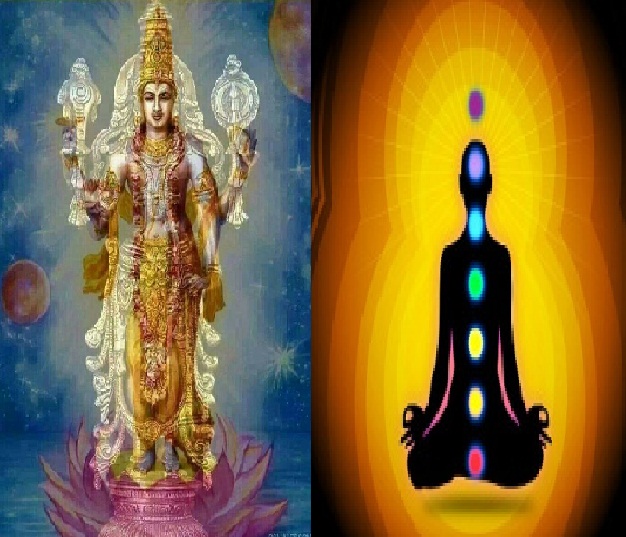
Purushottam Maas
The Hindu calendar is based on the lunar cycle. In order to keep the lunar and solar calendars aligned, an extra month is inserted, i.e. Purushottam Maas (month) or Adhik Maas or Mal Maas. ‘Purushottam’ is an epithet of Lord Vishnu meaning the best among men. The month is dedicated to Him. The Purushottam month is the 13th month of lunar calendar.
The concept of Adhik Maas is unique to the traditional Hindu calendar. As stated in the Vasishtha Siddhantha, it occurs every 32 months, 16 days and 8 ghadi (one ghadi is approximately 24 minutes). The solar year is made up of 365 days and about 6 hours, and the lunar year is made up of 354 days – a gap of 11 days,1 hour, 31 minutes and 12 seconds. This gap accumulates to one month in 3 years. No Adhik Maas falls during Margsheersh to Magh.
There is a mythical story attached to this month-
Once Adhik Mass was wandering around very sadly because he was insulted by other months- this month has no god and even any shubh karya (auspicious occasion) cannot be done in this month. Adhik Maas went to the Bhagwaan Narayan, who gave shelter to him and said that you don't worry I give you a 'Vardaan' (boon) that you will be the most auspicious month and if any people perfom pooja-archana, daan-punya, and katha-paath, they will attain 1600 times the result. This month will be the month of worship and enlightenment of soul. You will be known by my name ‘Purushottam’.
This extra month carries the name of the next month. 2020 is such a year where we have an Adhik Maas. So, there are two Ashwin months, the first is the Adhik month, which started on 18th September and will end on the 16th October. The annual Ashwin month will begin on the 17th October.
Navratri begins on the next day when Pitra Paksha ends, but due to the Adhik Maas there is a one month gap between it. This year the "Chaturmaas" will be of 5 months.
As this month appears occasionally, regular festivals are not celebrated in it. Rather this month is treated as special and holy month and people perform the fasts, charity, japa, parikrama (circumabulation), pilgrimage, scriptural reading and parayans, etc. As stated above, whatever spiritual practice we undertake in this month, the results obtained are many times more than usual.
In this month there is a tradition to give daan (donation) of 33 puas (sweet wheat bread), and also of deep (light) daan. In the Purushottam month people often arrange Shrimad Bhagwat Mahapuran khatha and paath. One of the major vows taken is to attend religious discourses, and to facilitate this important observance, special Purushottam Maas katha lasting for 5 days is held in all major temples. It is said that the person performing good deeds (satkarma) in this month conquers ones senses (indriya) and they attain liberation from cycle of rebirth. jewellery etc.
Author Ms Rati is an ardent devotee of Sri Krishna.